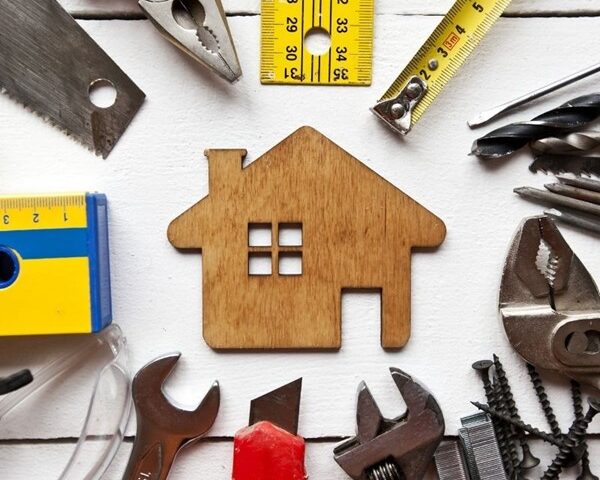Your old house has a classic charm that’s impossible to replicate. There are ways to keep that charm during renovations while creating a new, safe home.
Whether you’re searching for the perfect old home due to a smaller budget or because you want the classic charm of antique craftsmanship, you’ll be hard-pressed to find an old house that’s move-in ready. When you buy an older home, you’re taking on the responsibilities of the renovations and updates that come with it. These four tips for renovating an old homeare essential for ensuring the comfort and livability of your rustic abode.
Preserve Old Windows
Modern windows and windowpanes simply aren’t made the way they used to be made. If your home still has its original windows and they’re in restorable condition, hang onto them. You can modernize the windows to improve their energy-efficiency rather than replace them altogether by adding weatherstripping. You may need to replace the window if you notice wood rot or broken glass, but do your best to preserve that hearty piece of history whenever possible.
If you’d rather modernize the home with brand-new windows, you should still hang onto the old windows. Certain antique collectors adore old windows and may purchase and repurpose them.
Function Over Form for Roofing
The roof is the most important part of a home aside from its foundation. A leaking roof can cause major problems in an old home—especially if it’s full of precious antiques. Water damage is relentless with antique buildings, furniture, and appliances. Though the roof of the home may have a classic appearance, if there’s damage to the structure, it may cost you irreplaceable damages within the house. Keep an eye on the integrity of the roof and have experts keep the roof maintained. You may even consider purchasing a new roof if necessary. If the roof is nothing special as far as antiques are concerned, great—the decision is easy! A new roof will give the home decades of future use.
Be Careful with Lead
Lead was once a staple in many home furnishings and decorations. It was used in paint, pipes, and even bathtubs. Lead is extremely harmful to breathe in or consume, so it’s best to get rid of any lead-based paint or metal during your renovation rather than wait until later. Hire a lead specialist before carrying out any demolition efforts in the home, and use a lead paint checker before repainting a wall.
One Man’s Trash Is Another Man’s Treasure
When restoring or modernizing an old home, you may run into small parts and hardware within the house that no longer have a purpose or that are irreparably defunct. Hanging onto all these small parts is an important tip for renovating an old home—even the smallest untarnished nail or vintage hinge may be worth something to someone. Check with your local antique shop to see if you can make a profit from any antique hardware you removed during your renovation.
- Laker Men’s Basketball Handle Kuyper 88-55 - December 23, 2024
- MYWAY Sault Bridge Brawl & NEMWA Regional Results - February 22, 2024
- Crawford County Prosecutor clears State Trooper in the fatal shooting of man earlier this month - February 23, 2023



